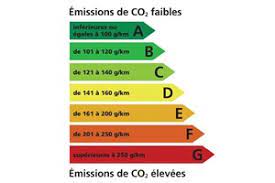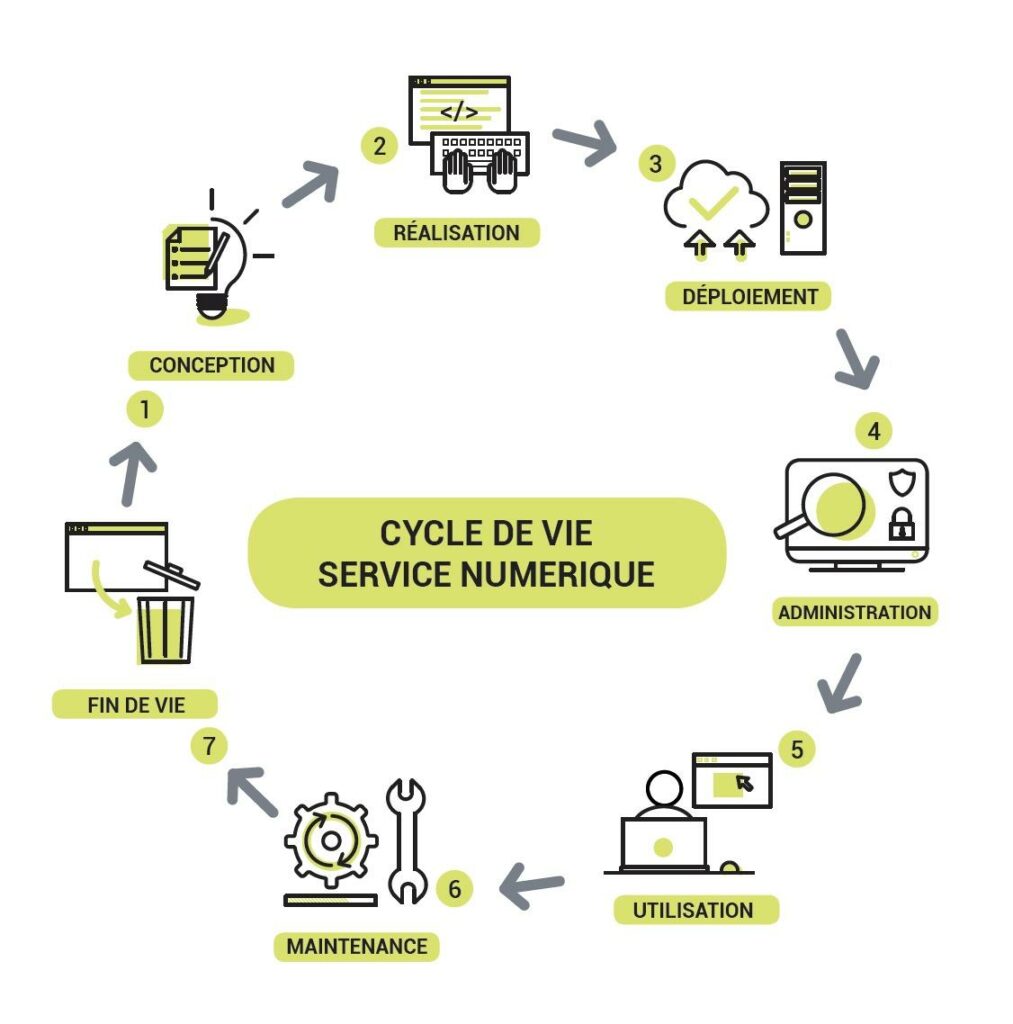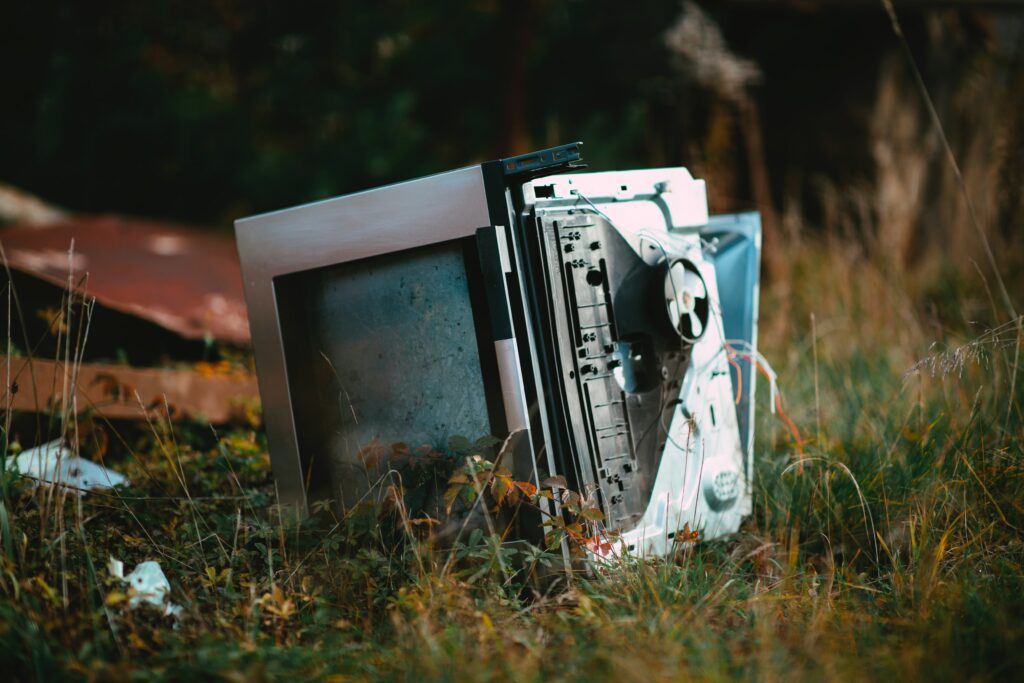In a short time, digital technology has become omnipresent. Technological developments, the diversity of media, the profusion of applications and the permanence of the connection in both the private and professional spheres make digital an essential part of our society. While digital innovations and new practices are helping to accelerate the ecological transition, digital technology nevertheless has a significant impact on the environment and contributes greatly to climate change. Every link in the digital chain is concerned, and the challenges of responsible digital technology are enormous.
State of the art of the impact of digital technology on the environment
Between the increase in the rate of connected electronic equipment in households and the constant renewal of hardware and software architectures in companies, the environmental footprint of digital technology is considerable, and it is growing exponentially year after year. This pressure is the result of the ubiquity of electronic components and the constancy of internet connections and data exchanges. The impact on ecological resources can be seen at every stage of the IT product life cycle:
- During the extraction of metals such as nickel, iron, copper, mercury, cobalt ... necessary for the manufacture of components, terminals and connected devices;
- During transportation to get the electronic components from the manufacturing sites to the assembly and use sites;
- The use of data centers and computer centers for individual and professional use consumes energy as soon as the equipment is plugged in...
- At the end of the life of hardware and software, with waste management having a strong impact since a large part of the waste is not recovered.
Global statistics
New information technologies are responsible for 4 % of greenhouse gas emissions worldwide, and France's environmental footprint is 2 %. Their environmental impact is therefore considerable, with, for example, a significant consumption of resources to produce a desktop computer. According to the We Green IT study conducted in 2018 by the WWF in collaboration the Green IT Club, the production of a computer consumes the equivalent of 2 tons of natural resources. The digital footprint of a user over a year would therefore represent almost 6,000 kWh of energy, 800 kg of greenhouse gases, almost 14,000 liters of water and 3 kg of electronic waste.
Networking and security vendor CISCO also projected that data traffic per month more than doubled between 2017 and 2022, mobilizing a total of nearly 400 exabytes per month, with video internet dominating, followed by IP VOD, Web/Data, file sharing and gaming.
Breakdown of energy consumption in France by type of infrastructure
In 2015, the share of infrastructure in France's energy consumption was split between home devices and terminals (22 TWh), business devices and terminals (21 TWh), data centers and computing centers (10 TWh) and network infrastructure (3.5 TWh). On a different scale, global consumption increased by 9 % between 2015 and 2020 due in part to the increased use of video and the proliferation of connected digital devices.
H3: Distribution of environmental impacts of digital technology by professional field
In the survey of major companies on the distribution of digital impact, WWF ranked the following:
- When it comes to energy consumption, the most energy-intensive area is the user environment, followed by data centers and communication networks.
- In terms of greenhouse gas emissions, the user environment also leads, followed by IT services, printing and data centers.
- When it comes to water consumption, the user environment is also in the lead, followed by the IT department and printing and data centers.
The user environment, which has the largest environmental footprint, includes the manufacture of terminals and peripherals, and the software (environment, applications...).
The challenges of digital responsibility
ICT, information and communication technologies, must necessarily be part of a sustainable development approach of green ITThe aim is to reduce their ecological, economic and social footprint. By taking into account in a more responsible way the whole life cycle of a digital product, from its manufacture to its disposal, it is possible to reduce and optimize its environmental impact and to draw the contours of a sustainable IT.
The WWF study of the largest companies concludes that the level of maturity is uneven, knowing that they represent a significant share of the national impact of digital technology in terms of the number of users (775,000), the number of employees and IT providers (24,000), and the number of equipment (2,890,000).
The three main areas where responsible digital implementation is possible are:
- Extending the life of equipment and recycling waste,
- Computer centers, with the development of technologies,
- Printing, with a significant and regular reduction in the volume of paper printouts due to the digitization of processes, the widespread use of EDM and collaborative work.
The top four least virtuous areas are:
- IT services,
- Software and business applications (development, usage, updating...),
- Governance,
- Telephony.
This snapshot shows an evolution in the way digital issues are taken into account and the need to reduce the environmental footprint of ICTs in the most impactful areas. The extension of the useful life of digital equipment is an extremely positive point, since its manufacture consumes the most resources, but there is still a lot of room for improvement for the generalization of a responsible digital approach within companies.
Good practices for a responsible and sustainable digital
Large companies and SMEs have all the means at their disposal to act and adopt a responsible digital strategy. To do so, they must review or accelerate their processes in the various areas that can have a significant impact on reducing their environmental footprint. It is necessary to implement a global corporate and governance strategy, translated into CSR policies. The purpose of corporate social responsibility is to formalize the contribution of companies to sustainable development issues. Digital technology is part of the scope covered by CSR strategies in several ways, as a tool but also as a vector for improvement. Responsible digital is part of these societal strategies.
Areas for action for a more responsible digital world
To implement a sustainable strategy and responsible digital, the company must act simultaneously on its various departments. To achieve this, it is necessary to conduct a voluntary strategy based on governance and a more responsible purchasing policy. By acting on the user's work environment and the IT department's roadmap, it is possible to implement a more responsible digital environment. This strategy must be carried out without losing sight of the company's performance and employee efficiency objectives.
- A more involved governance
Implementing a responsible digital policy necessarily involves adapting governance, which must apply a more virtuous strategy, use tools to determine its effectiveness, and relay best practices to the various BUs. Management teams must get involved and put forward quantified objectives and associated budgets.
- More responsible purchasing
The company's purchasing policy is just as decisive. Whatever the field, purchasing must establish sustainable and environmental quality criteria both for the choice of service providers and for the products and services purchased. This approach must be applied to all budgets, current purchases, services, equipment purchases, energy supplies, etc., either through direct purchase or through a tender procedure.
Purchasing has a key role to play in digital procurement, in collaboration with IT departments. They must refine their purchasing strategy according to the technical specifications provided by the IT departments. Thus, depending on the subject, they can upgrade existing equipment (adding memory, changing disks, etc.) to extend their lifespan and buy software on the second-hand market. By making an exhaustive inventory of their hardware and software, they can optimize their purchasing strategy for a more responsible digital.
- Durable hardware
The hardware item is certainly the most impactful in terms of environment and budget. It is possible to reduce its footprint by adopting a series of good practices, starting from the definition of a need to determine the necessary resources. The hardware is necessarily linked to the software part, which conditions the hardware profile to be mobilized according to its requirements. The objective of responsible digital technology is to extend the life of IT equipment by controlling the evolution of the software park, updates and the functional needs of users.
- A strategy for optimizing the software park
The optimization of your software assets is a key factor in the implementation of a responsible and sustainable digital organization. Asset management or the management of your software licenses has a strong impact on your ability to control your IT purchases and maintain a software architecture that is both efficient and responsible, in an approach of IT sobriety. A precise vision of your software assets, your licenses and the functional needs of your users will allow you to integrate cheaper second-hand licenses thanks to the Softcorner marketplace, to extend the life of these applications and your equipment, in a responsible digital strategy. You can also resell your software licenses on this second-hand market and finance other projects.
- Continue to reduce the volume of printing
Already well underway, the reduction in the volume of printing helps to improve your digital footprint. Indeed, printers are part of these resource-hungry devices for their manufacture and strongly consume consumables (paper, ink...). With the digital transition of companies, the generalization of the use of electronic document management systems and the digitization of procedures, the volume of printing has considerably decreased. It is important to stay the course to continue to reduce the use of your printers and optimize their use.
The role of the IT department
The IT department has a central role to play in achieving responsible and sustainable digital procurement. Of course, it must work closely with the purchasing department, but it is the one who holds most of the cards. He has the expertise to define the precise needs of users in terms of software and hardware configuration, environment, security infrastructure, backup, network... This expertise is all the more essential in local and remote environments, to guarantee the security of systems and the continuity of service for users.
The IT department has a precise vision of the installed base: workstations, peripherals, configuration, age, operating system, installed licenses, level of compatibility... and of the resources needed to secure data flows and guarantee the availability and fluidity of transactions.
Based on the functional needs of users according to the services and short and medium term projects, IT departments can draw up a list of essential resources. As part of a responsible digital approach, in conjunction with the Finance Department, they will be able to decide on the optimal strategy to follow according to their objectives, and following a precise master plan of their needs and the inventory of their assets.
The essential tools for a responsible and sustainable digital
When we talk about sustainability, we talk about IT frugality and software license reuse. In a circular economy approach, the secondary license market is an essential asset allowing you to buy your on premise software complete and cheaper. Softcorner, the European leader in second-hand licenses, provides you with all the tools you need to optimize the management of your software licenses.
The platform lists a large number of used full licenses for the enterprise. Its search engine allows you to quickly find the applications you need and see at a glance the versions and quantities available. The Softcorner marketplace is a trusted third party and an innovative tool for connecting buyers and sellers in an easy to use way. Once you've selected the on premise software you're interested in, all you have to do is start negotiating with the seller in complete transparency and make a price proposal based on your objectives. If both sides agree, you will only have to validate the financial transaction in complete security with Mangopay services. The amount paid will be blocked on an escrow account to secure the transaction between the buyer and the seller.
By integrating the Softcorner marketplace into your responsible digital strategy, you will make substantial savings by purchasing your software licenses second-hand. You will benefit from a large catalog allowing you to select the licenses corresponding to the needs of your users, whether it is office software with the Microsoft Office solution or business applications such as SAP ERP, CAD in on premise version... The products will be immediately available and downloadable with their licenses, license keys and documentation as soon as the transaction is validated.
The Softcorner platform also allows you to sell software licenses that you do not use. You can then uninstall them from your desktops and servers, freeing up disk space and system resources. The proceeds from your sale can be invested in new storage, security or mobility projects.
Softcorner is a high-performance tool that is part of an operational asset management approach. The marketplace brings you flexibility and proactivity, and allows you to secure your architecture with innovative tools that are perfectly adapted to the functional needs of users.
Validate your approach by obtaining the NR label (responsible digital)
To help you in your responsible digital project, it is interesting to follow a standardized procedure by registering in a NR labeling process, the responsible digital label. By starting this process, you will join an active community on the subject, which will enable you to carry out your responsible digital project and reduce the environmental footprint of your company in a sustainable way. This label, set up by the Institute for Responsible Digital Technology, ADEME, WWF and the French Ministry of Ecological Transition, offers a set of tools to support you in your approach and a responsible digital reference system.







